SuzukiGS750EZ
No longer a newbie, moving up!
- Joined
- Oct 5, 2016
- Messages
- 728
- Reaction score
- 145
- Location
- Connecticut
- Can others edit my Photos
- Photos OK to edit
Hey guys. I'm looking to buy my first flash and learn flash photography. The on board flash leaves much to be desired. I have a few questions. Are there different powered flashes for different situations, or is it more of buying a high powered flash and bringing back the power to the amount of flash you need? Also, are canon flashes best used on canon cameras or are there other flash manufacturers out there that work with canon but provide a better flash?


![[No title]](/data/xfmg/thumbnail/41/41921-10ae2355bbcea545815ebd932ee145a7.jpg?1619739944)
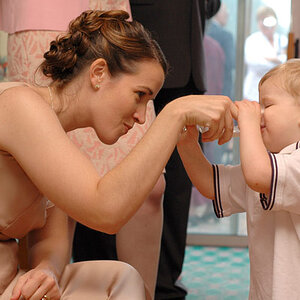
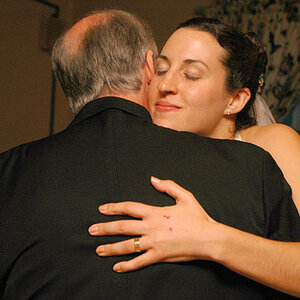
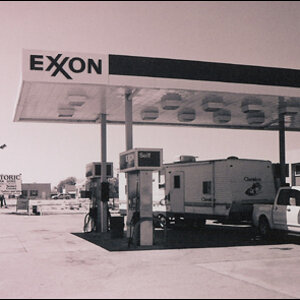
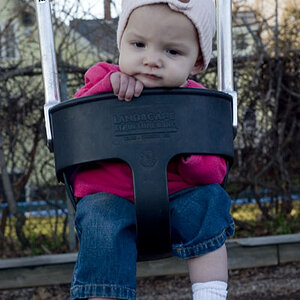
![[No title]](/data/xfmg/thumbnail/41/41920-c7de4d93604fb89eb48454f9e5dba8a0.jpg?1619739944)
![[No title]](/data/xfmg/thumbnail/37/37522-f67b10bc5ee534f9bc21ee94917445b9.jpg?1619738129)
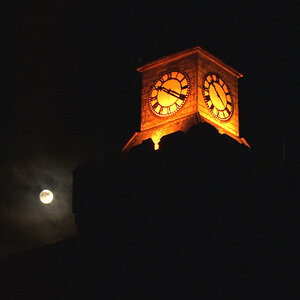

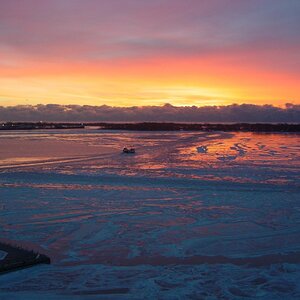
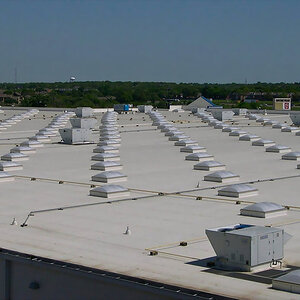
![[No title]](/data/xfmg/thumbnail/40/40412-73276feced223de99c761fc2cc279db5.jpg?1619739461)